Steel is a versatile and essential material in the manufacturing and construction industries, offering a wide range of mechanical properties to suit various applications. Two popular types of steel used extensively in these industries are Steel 1018 and A36. In this article, we will explore the key differences between Steel 1018 and A36, including their chemical composition, mechanical properties, applications, and advantages. Understanding these distinctions will enable engineers, designers, and manufacturers to make informed decisions when choosing between these two types of steel for their projects.
A36 vs 1018, Which Is Better for Machining?
In terms of machinability, Steel 1018 is generally considered superior to A36 steel due to its exceptional chip formation, lower work hardening tendency, and easier machining.
1018’s softer nature allows for smoother machining operations and reduced cutting tool wear, making it an excellent choice for high-speed machining and intricate part production.However, the decision on which steel to use for machining should not solely be based on machinability.
Other factors, such as the required mechanical properties, strength, and intended application, should be carefully considered. If the application demands higher strength and structural integrity, A36 steel may be a better choice, despite its slightly lower machinability. On the other hand, for projects that prioritize ease of machining and cost-effectiveness, 1018 steel is a top contender.
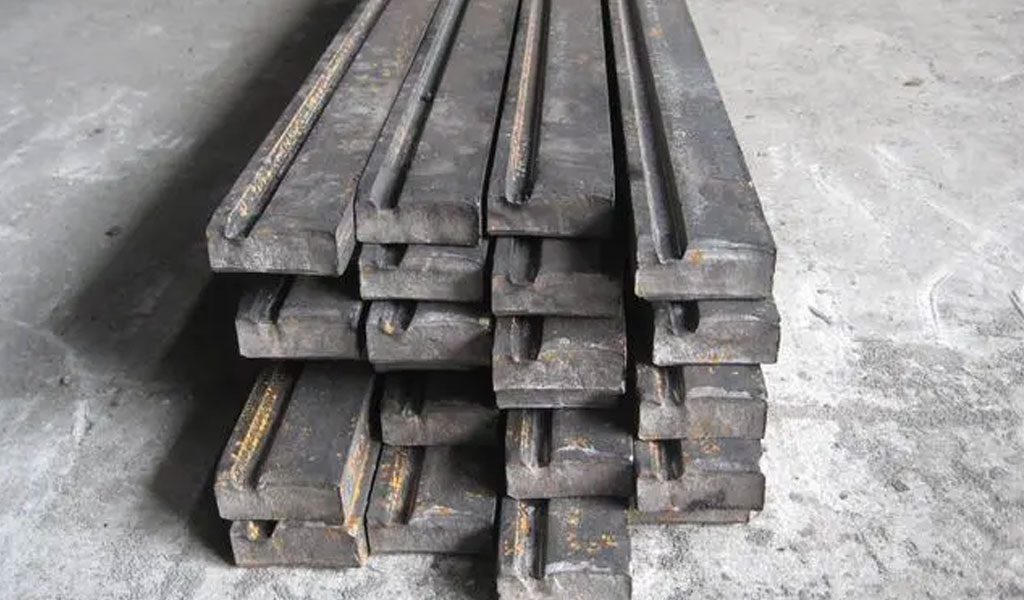
General steel cnc machining applications and where excellent machinability is a primary concern, Steel 1018 is the preferred choice. However, for projects requiring higher strength and structural performance, A36 steel may be more suitable, even though its machinability is slightly lower. As with any material selection, it is essential to strike a balance between the specific requirements of the project and the material’s characteristics to achieve the best possible results in machining and overall performance.
Below is a table chart summarizing the key differences between Steel 1018 and A36:
| Properties | Steel 1018 | A36 Steel |
|---|---|---|
| Tensile Strength (MPa) | 440 – 550 | 400 – 550 |
| (psi) | (64,000 – 79,750) | (58,000 – 79,750) |
| Yield Strength (MPa) | 240 – 340 | 250 – 400 |
| (psi) | (35,000 – 49,300) | (36,000 – 58,000) |
| Elongation (%) | 15 – 20 | 18 – 23 |
| Hardness (Brinell) | 126 – 160 | 137 – 152 |
| Machinability | Excellent | Moderate |
| Weldability | Excellent | Excellent |
| Cost | More affordable | Moderately higher cost |
| Structural Applications | Limited | Extensive |
Steel 1018 and A36 are both important types of steel, each with its unique characteristics and applications. Steel 1018, known for its excellent machinability and weldability, is commonly used in machinery components and fasteners. On the other hand, A36 steel, with its higher strength and ductility, is extensively used in structural applications such as building frames, bridges, and heavy machinery. Understanding the differences between these two types of steel enables engineers and manufacturers to select the most suitable material for their specific projects, ensuring optimal performance and reliability in their applications.
Steel 1018: Overview and Chemical Composition
Steel 1018, also known as cold-rolled steel or low-carbon steel, is one of the most commonly used grades of carbon steel. It is characterized by its low carbon content, typically around 0.18%, which imparts excellent weldability and machinability. The chemical composition of Steel 1018 typically includes:
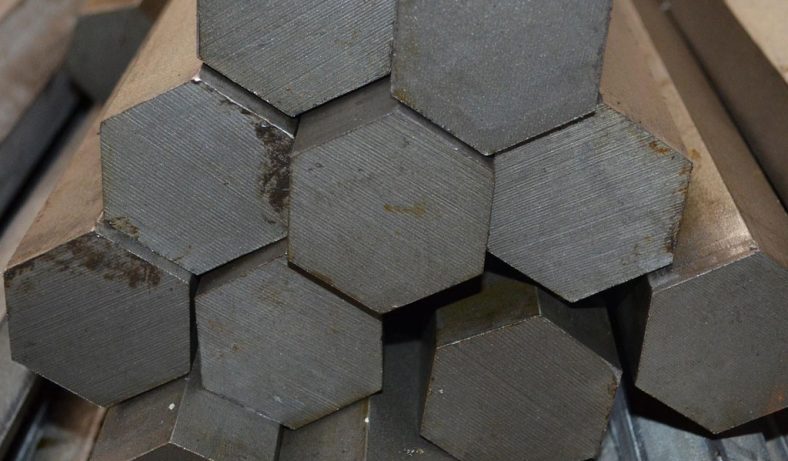
- Carbon (C): 0.15%-0.20%
- Manganese (Mn): 0.60%-0.90%
- Phosphorus (P): 0.040% (max)
- Sulfur (S): 0.050% (max)
Steel 1018 is known for its relatively low tensile and yield strengths, making it suitable for applications where moderate strength and ease of machining are essential.
A36 Steel: Overview and Chemical Composition
A36 steel is a widely used structural steel grade known for its exceptional strength, ductility, and weldability. It is often referred to as mild steel due to its relatively low carbon content, similar to Steel 1018. The chemical composition of A36 steel typically includes:
- Carbon (C): 0.25%-0.29%
- Manganese (Mn): 0.80%-1.20%
- Phosphorus (P): 0.040% (max)
- Sulfur (S): 0.050% (max)
- Silicon (Si): 0.15%-0.40%
The higher carbon and manganese content in A36 steel contribute to its increased strength and rigidity, making it a preferred choice for structural applications.
Mechanical Properties
The mechanical properties of Steel 1018 and A36 vary significantly due to their distinct chemical compositions. Let’s compare their key mechanical characteristics:
a. Tensile Strength:
- Steel 1018: The typical tensile strength of Steel 1018 ranges from 440 MPa to 550 MPa (64,000 psi to 79,750 psi).
- A36 Steel: A36 steel offers a higher tensile strength, typically ranging from 400 MPa to 550 MPa (58,000 psi to 79,750 psi).
b. Yield Strength:
- Steel 1018: The yield strength of Steel 1018 is relatively low, ranging from 240 MPa to 340 MPa (35,000 psi to 49,300 psi).
- A36 Steel: A36 steel exhibits a higher yield strength, typically ranging from 250 MPa to 400 MPa (36,000 psi to 58,000 psi).
c. Elongation:
- Steel 1018: Steel 1018 has a moderate elongation percentage, typically around 15% to 20%. This property indicates the material’s ability to deform before fracture, making it suitable for cold-forming processes.
- A36 Steel: A36 steel exhibits a higher elongation percentage, ranging from 18% to 23%, which is advantageous in structural applications where ductility is crucial.
d. Hardness:
- Steel 1018: Due to its low carbon content, Steel 1018 has relatively low hardness, typically around 126 to 160 Brinell hardness.
- A36 Steel: A36 steel has a slightly higher hardness, typically ranging from 137 to 152 Brinell hardness.
Applications
Both Steel 1018 and A36 find applications across various industries due to their distinct properties.
a. Applications of Steel 1018:
- Machinery Components: Steel 1018’s excellent machinability and weldability make it a preferred choice for manufacturing shafts, pins, bolts, and other machine components.
- Automotive Parts: Steel 1018 is used in the production of automotive parts like tie rods, crankshafts, and axles due to its ease of machining and cost-effectiveness.
- Fasteners: Steel 1018’s low carbon content makes it suitable for producing screws, nuts, and bolts that require easy formability and good weldability.
b. Applications of A36 Steel:
- Structural Components: A36 steel is widely used in construction and structural engineering, such as building frames, bridges, and general structural components, owing to its high strength and ductility.
- Machinery and Equipment: A36 steel is utilized in the manufacturing of heavy machinery, equipment, and pipelines due to its combination of strength and weldability.
- Shipbuilding: A36 steel is common in shipbuilding due to its strength and corrosion resistance, especially in marine environments.
Advantages of Steel 1018
- a. Machinability: Steel 1018’s low carbon content allows for easy machining and provides better finishes during manufacturing processes.
- b. Weldability: Steel 1018 is highly weldable, making it ideal for joining components and structures with various welding techniques.
- c. Cost-Effective: Steel 1018 is generally more affordable than A36 steel, making it an attractive option for cost-sensitive projects.
Advantages of A36 Steel
- a. Superior Strength: A36 steel offers higher tensile and yield strength compared to Steel 1018, making it suitable for demanding structural applications.
- b. Ductility: The higher elongation percentage of A36 steel allows it to absorb energy during impact, making it more ductile and better equipped to handle dynamic loads.
- c. Structural Integrity: A36 steel’s excellent combination of strength and ductility ensures structural integrity and reliability in various construction projects.
Weldability
Both Steel 1018 and A36 steel are considered weldable. However, their different carbon contents can affect the welding process. A36 steel may require preheating to avoid the risk of cracking during welding, especially in thicker sections. On the other hand, Steel 1018’s lower carbon content makes it more forgiving during welding and may not necessitate preheating for certain applications.
Steel 1018 and A36 are two widely used types of steel, each with its unique chemical composition, mechanical properties, and advantages. Steel 1018, with its low carbon content, excels in machinability and weldability, making it suitable for various machinery components and fasteners. A36 steel, with its higher carbon and manganese content, offers superior strength and ductility, making it ideal for structural applications in construction, shipbuilding, and heavy machinery.
Understanding the differences between Steel 1018 and A36 enables engineers and designers to select the most appropriate material for their specific projects, considering factors such as required mechanical properties, cost considerations, and application requirements. Both types of steel contribute to the advancement of modern infrastructure and industry, showcasing the versatility and importance of steel as a fundamental building material in our society.
Work With Steel CNC Machining Specialist
Be-Cu prototype offering 3, 4 and 5-axis precision steel machining services for power, automotive, aerospace, medical, oil and gas industries. Milling, CNC turning, thread rolling, gear hobbing and spline cutting services are available. Capable of machining parts sizes ranging from 0.5 to 5,000 mm and up to 0.005 mm tolerance.
-

High-Speed Steel (HSS) Die Punching Needles
-

5 Axis CNC Machining Spiral Bevel Gear Mold
-
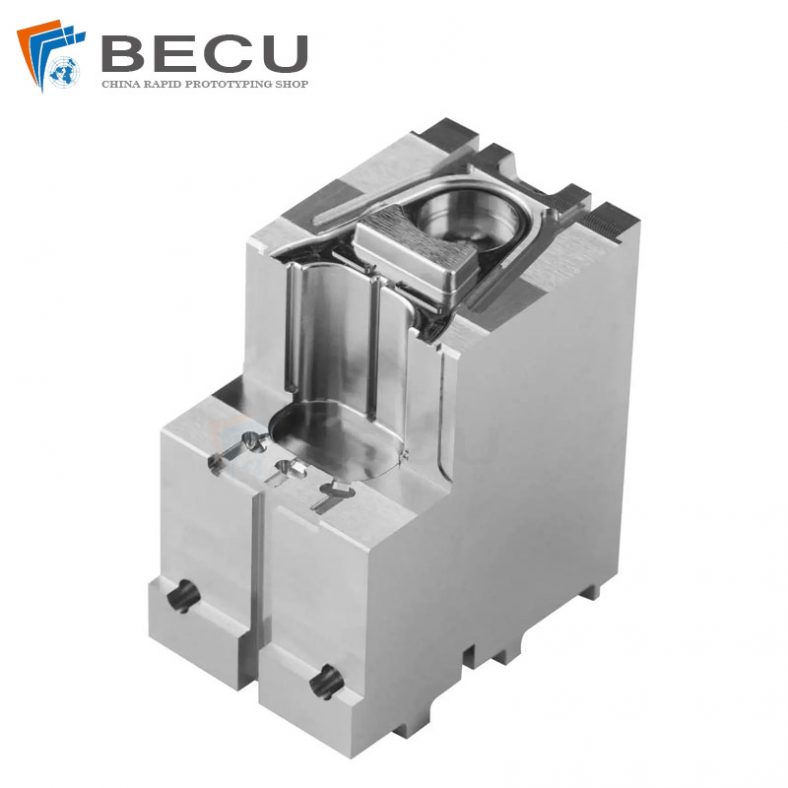
Small Precision Injection Molding Inserts
-
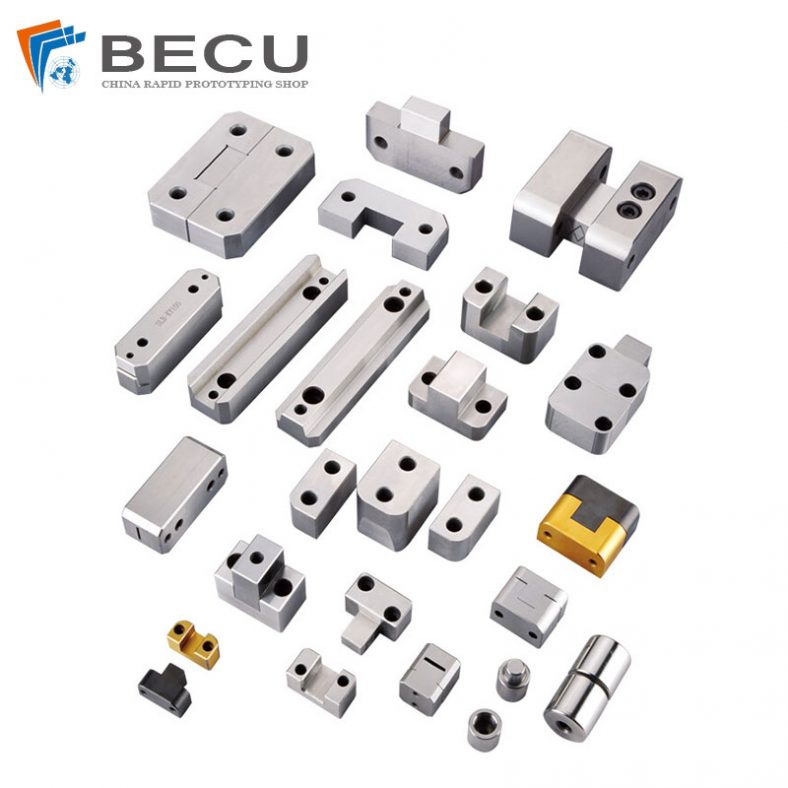
Non-Standard Position Component For Mold
-
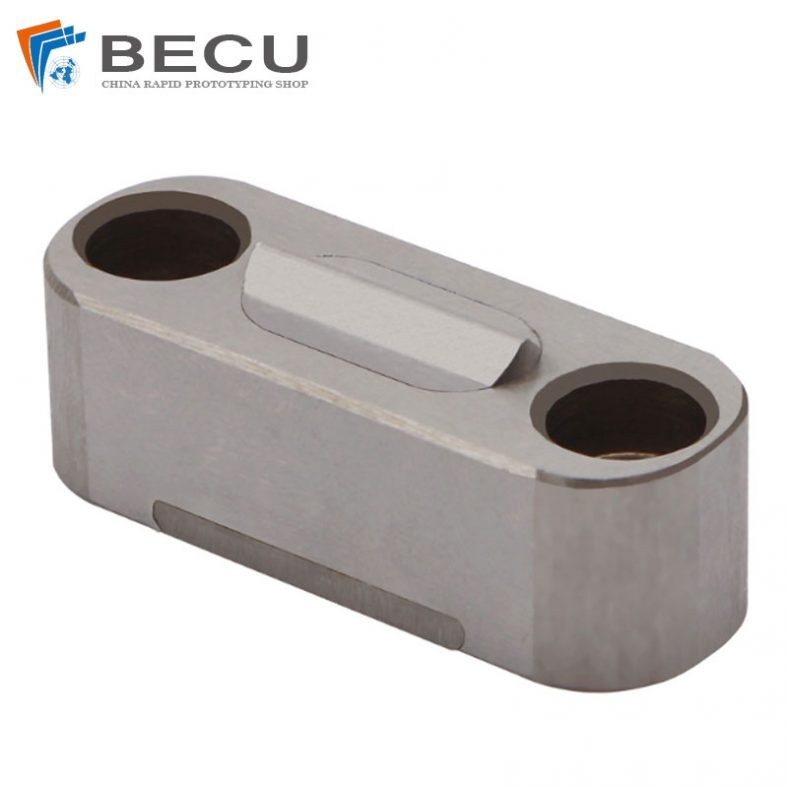
Standard Position Limiting Clamp For Plastic Mold
-

OEM Tool Steel Propeller Rope Guard Cutters
-

Custom Precision QKG Quick Action Vise
-
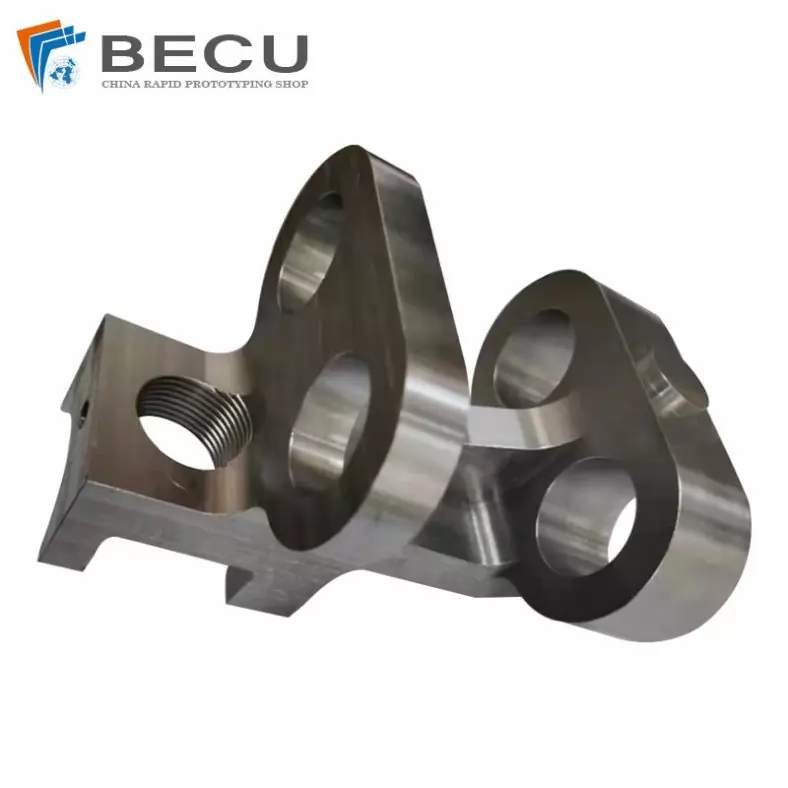
EDM Wire Cutting And Milling Machining 45# Steel Parts
